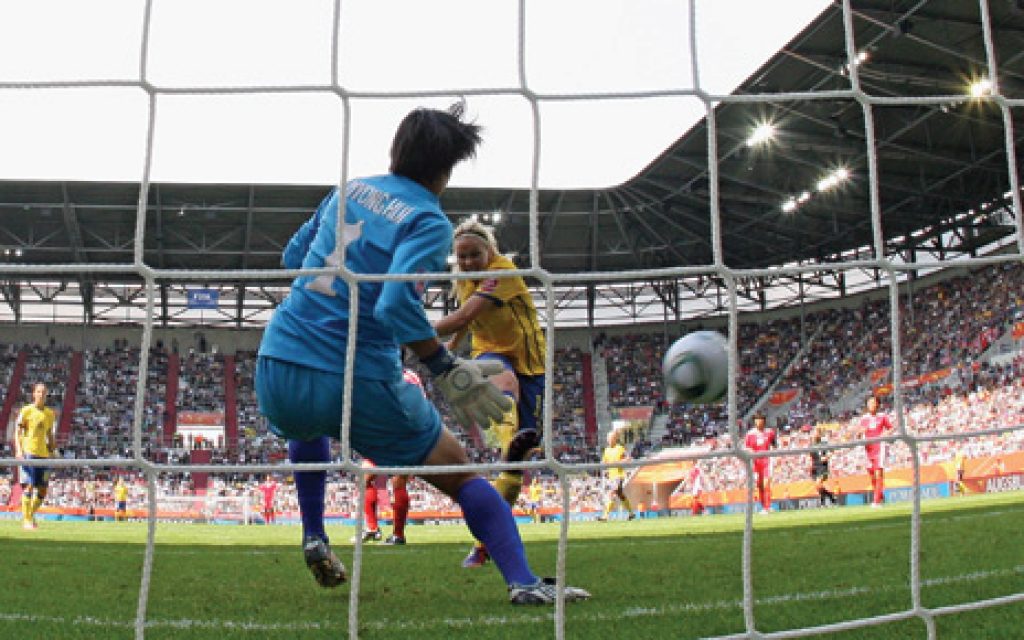A writeup I saw a few days ago at Ars Technica admittedly left me feeling not particularly fine about our species. Titled "Umpires show ethnic bias in ball/strike calls—unless they're feeling watched", its subject matter is perhaps already obvious…focusing on Major League Baseball, it summarized a recently published research paper which concluded that "In its simplest form, when an umpire was from the same ethnic group as the pitcher, they were more likely to call a pitch a strike." This outcome is unfortunately not a particular surprise, since as the writeup notes, "There's a lot of behavioral literature that indicates we tend to like people who we think belong to the same group as us, and behave favorably towards them—even though we're not aware of doing so."
But a confounding factor also exists. "Another, unrelated set of research indicates that we're all prone to behaving better if we think someone's watching us—even a static photo of a pair of eyes is enough to cause people to shape up." And in fact such supervision exists in MLB; not only the fans in the stands and the players on the field, but also several different electronic systems:
In recent years, every stadium in the major leagues has been equipped with a QuesTec system that compares umpires' ball and strike calls to an objective, computer-validated standard. Deviate too far from what the system says you should be calling, and you'll automatically have your performance reviewed. This provides the ultimate "someone is watching you" experience for the umpire.
As a control, the researchers behind the study took advantage of a five-year period in which the system was only installed in half the stadiums in baseball, creating a set of monitored and unmonitored games. At least not monitored by the organization that managed the umpires. Major League Baseball itself has also gone rather high-tech, installing a system called PITCHf/x that uses two cameras and the MLB's own neural network to classify where each pitch went over home plate, providing a separate objective measure of balls and strikes.
And again, not surprisingly, the umpires' ethnicity-based bias notably diminished when automated systems were keeping an electronic eye on the goings-on. But here's a twist that I found interesting, "One interesting effect suggests that this bias might either go away with experience, or that major league baseball was aware of it on some level: the 18 most senior umpires that act as crew chiefs showed no indication of bias."
After reading the writeup, my immediate thought was to ditch the human element and rely solely on technology to discern balls-versus-strikes, foul-vs-fair balls, out-versus-safe tags, and the like. Well, as it turns out, another sport (soccer, or "football" outside the United States) is aggressively attempting to transform this idea into reality. As such, I commend "Will Soccer-Ball Tracking Ever Reach Its Goal?", from IEEE Spectrum, to your attention. Here's a telling excerpt of how (and how quickly) the human judging element is disappearing from this particular sport:
FIFA was expected to adopt goal-line technology after a round of tests in 2008. But it unexpectedly reversed course, with Blatter saying that he wanted football to "keep its human face." But FIFA officials had a change of heart after referees blew several calls at the 2010 World Cup. During a match between England and Germany, a goal was not counted despite TV replays that showed the ball crossing the goal line before bouncing back.
With the specter of the 2010 tournament in the background, FIFA has assigned the task of assessing goal-line systems to the Swiss Federal Laboratories for Materials Science and Technology, in Zurich. FIFA expects the systems to recognize 100 percent of free shots on goal, and to transmit within 1 second a vibrated and visual indication of a scored goal to a special watch worn by the referee.


